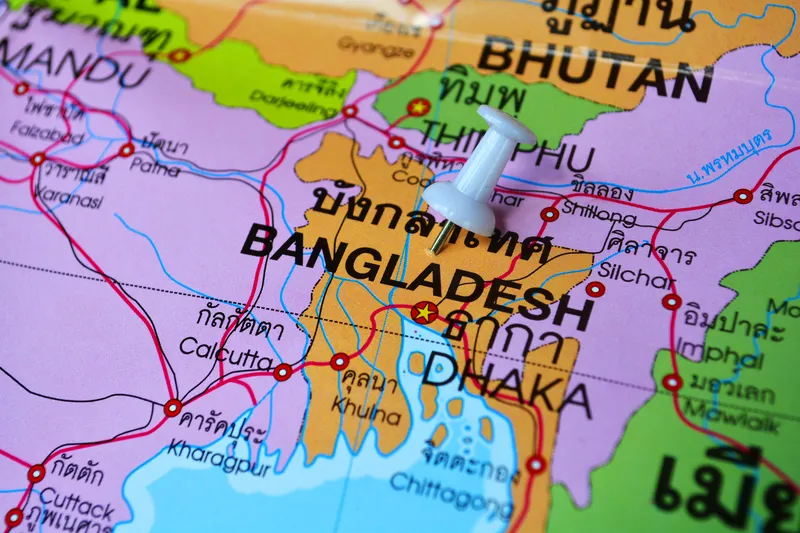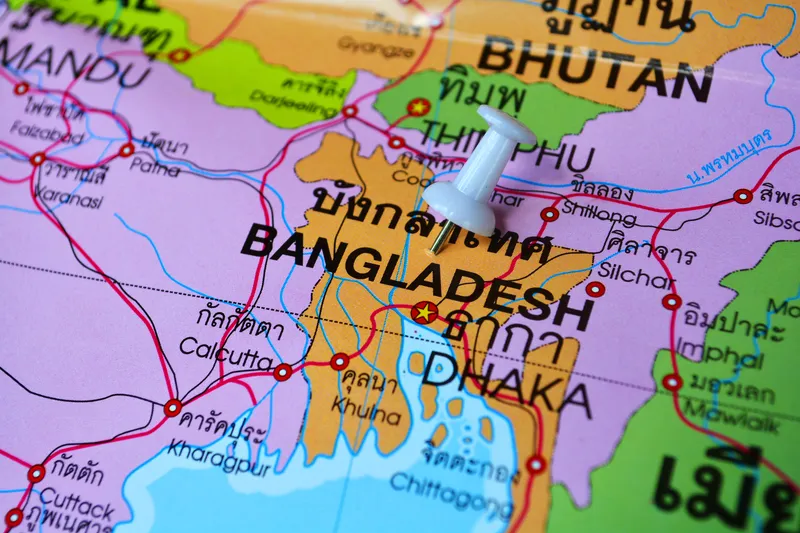The cost of the Padma Bridge Project in Bangladesh could rise by around US$173 million, according to a report by the Financial Express newspaper.
A Planning Commission official said the money would be needed for compulsory purchase of nearly 2,6700 more hectares. Work started in 2014 and the project is likely to finish by the end of 2018.
It will be the third cost hike for the two-level steel truss Padma Bridge across the Padma River. The bridge, nearly 6.2km long, will connect Louhajong, Munshiganj to Shariatpur and Madaripur, linking Bangladesh’s south-west region to the northern and eastern areas. The goal is to boost transportation between the underdeveloped south and the capital Dhaka along with the main port of Chittagong.
It will just over 18m wide, carrying a four-lane highway on the upper level and a single-track freight railway on a lower level.
In 2014, China Major Bridge Engineering Company was chosen as construction contractor for the bridge which was designed by
The UK’s
To counter this, the AECOM design is the displacement-based approach for seismic resilience.
This includes seismic isolation between the superstructure girder and the pier-and-foundation system whereby principal bridge components can move relative to one another during an earthquake. This dissipates large forces.
Each pier has six steel tubular driven piles. Friction pendulum bearings are used to permit large relative displacements between the bridge superstructure and the bridge piers.
The design team led by AECOM included SMEC International, Northwest Hydraulic Consultants and ACE Consultants, with additional assistance from Aas-Jakobsenand HR Wallingford.
Bangladesh’s Padma Bridge faces cost hike
The cost of the Padma Bridge Project in Bangladesh could rise by around US$173 million, according to a report by the Financial Express newspaper. A Planning Commission official said the money would be needed for compulsory purchase of nearly 2,6700 more hectares. Work started in 2014 and the project is likely to finish by the end of 2018.
September 25, 2017
Read time: 2 mins








